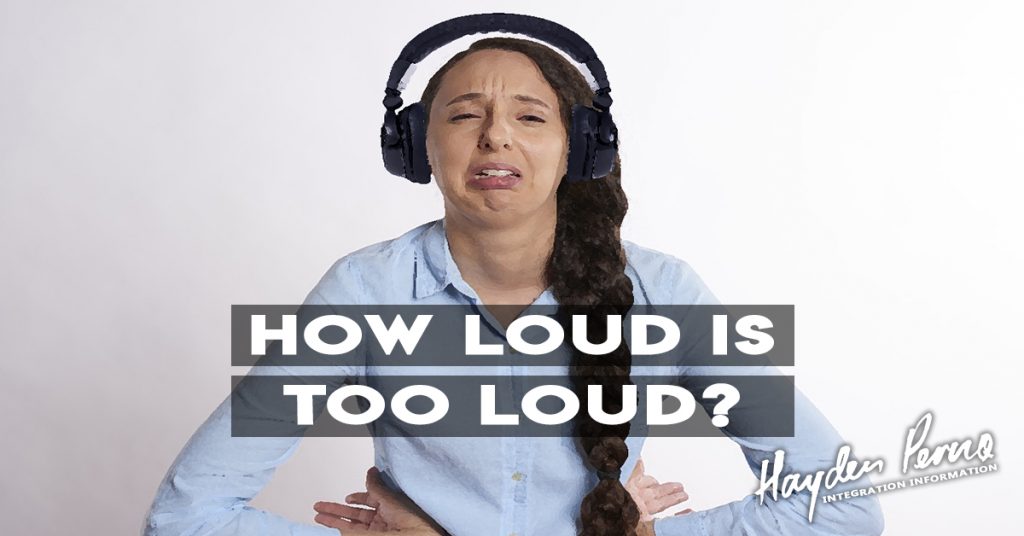The human body is resilient. It can take a beating both internally and externally. From drinking and smoking and eating deep fried foods, to being punched in the face, judo slammed, and stubbing your toe on the way to the bathroom at midnight.
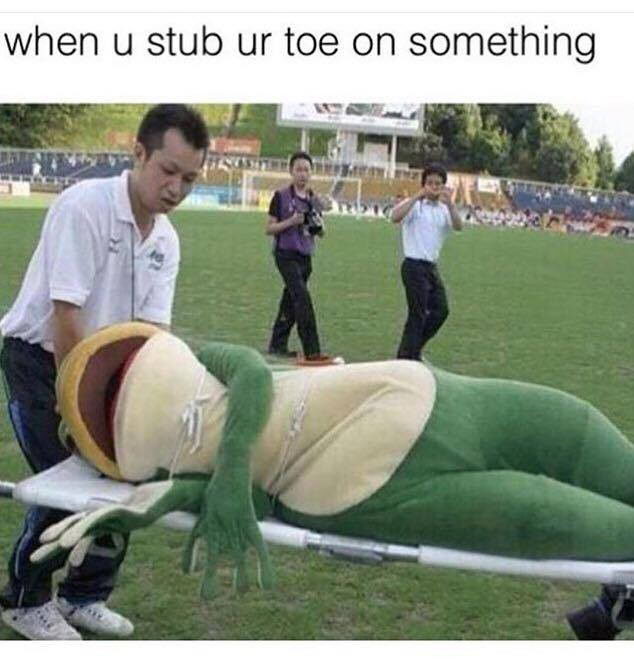
This resilience can also be improved upon. We can make the body stronger and faster, more agile, more mobile, healthier. We can’t, however, make it invincible, no matter how we may feel at times. And if you’ve ever broken an arm, sprained an ankle, or always have to make sure you’ve got your trusty pair of spectacles with you before leaving the house, you know what it means to lose or damage parts of the body that enable efficiency in life.
Life in the 21st Century
One thing so many of us rarely—if ever—think about it is the damage we can cause to our ears by wearing headphones too loud, attending concerts and festivals, going to bars and nightclubs or sports events. Even car horns, jackhammers, emergency vehicle sirens, vacuum cleaners, lawnmowers, all have the potential to screw with our ears. And when we screw with our ears for too long, too often, we can lose or damage them forever.
Some level of hearing loss is already pretty much guaranteed in life as our body ages and deteriorates. But if we’re not careful, we can speed things up by exposing ourselves to loud noises, either in long stints at loud volumes, or from one-off circumstances such as gunshots, firecrackers, and tires blowing out.

Hearing and Your Ears
Hearing is measured in Hertz and decibels. While Hertz (Hz) has to do with the frequency of a sound (the low, medium, and high), decibels 1 Decibels can also be written in dB(A) and dB(C). A-weighted measurements underestimate the perceived loudness, annoyance factor, and stress-inducing capability of noises with low frequency components, especially at moderate and high volumes of noise. dBC is sometimes used for specifying peak or impact noise levels, such as gunfire. For the purpose of this article, however, I ran with the stock standard. (dB) refers to the volume.
Humans, typically, are capable of hearing frequencies between 20 and 20,000Hz, and volume from 0dB (with some people being able to hear down to -15dB) up to a threshold of around 120-130dB.
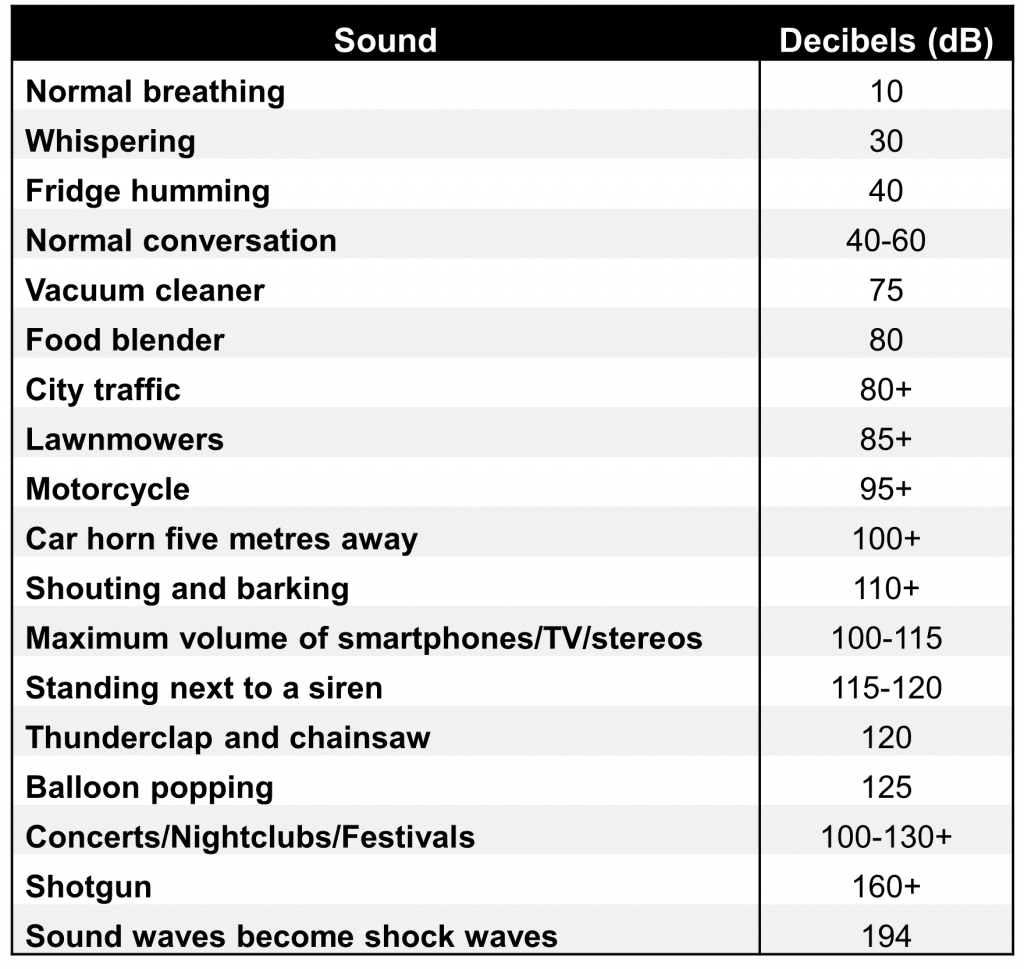
It is said that between 0 and 70dB is the safe zone for humans. Anything higher, and especially above 85dB, and we can be on track for some serious—potentially irreversible—damage.
But the amount of time we are exposed to sound also plays a role.
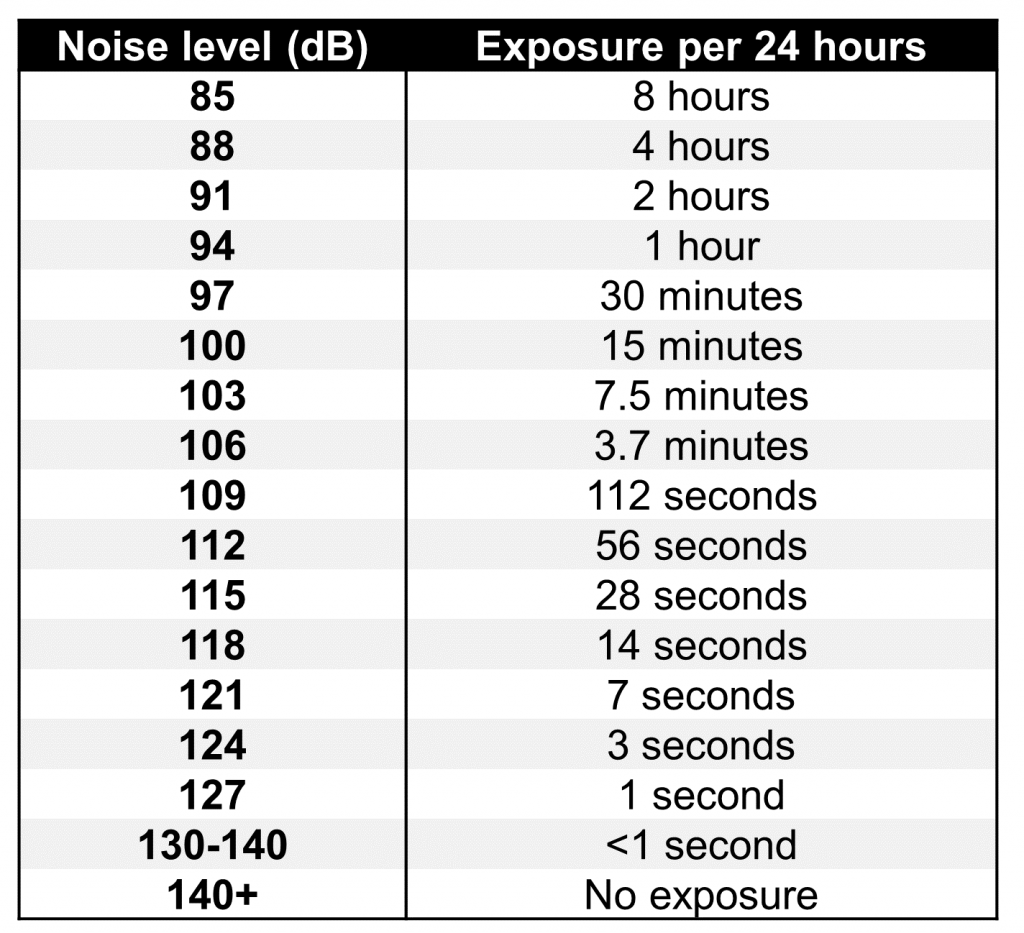
However, rough decibel guidelines aren’t always accurate as distance from the sound, the size of the environment, and what other sounds are in the vicinity, all influence how impactful a noise can be. So can fatigue levels, a personal annoyance for certain sounds (and volumes), and even anxiety.
In other words, loudness is not always proportional to sound intensity, and we should always be vigilant.
What can you do?
Other than downloading an app to track the dB’s in your area (yes, there are apps that show you this), a general rule for noise is simple: If you cannot hear the person you are conversing with from an arm’s length away, you are in an 85dbB+ environment, and damage is up for grabs.
In environments like these, such as nightclubs, festivals, and concerts, strongly consider wearing ear protection. You can get some cheap foam ones, some putty ones, or step it up and purchase some dedicated music earplugs that don’t distort the frequencies, but rather just lower the overall volume. There are also other precautions you can take.
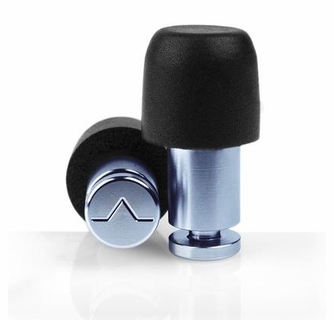
When listening to music with headphones, since smartphones’ maximum volume can range from 100-115dB, and it can take a mere few minutes to damage your ears at these levels (refer to the tables above), consider turning down the volume of your device to a comfortable 4-6/10. And if you have to surpass that, it is a good idea to rest your ears every hour or so for 10-20 minutes.
Furthermore, when listening to music in noisy environments, try not to compete with the sounds around you. A pair of noise-cancelling headphones can help with that. So can speaking to someone that can alter the music’s volume. Like the staff at a gym you frequent.
While you might think you’re being one of “those people” if you approach them about the volume of the music, most people that care about other people’s health, will listen instantly. You might even teach them something.

At the end of the day, if you have ever dealt with ringing in your ears after a night out, find it difficult to distinguish people talking when you’re in a noisy environment, things always sound muffled, or happen to think everyone speaks with a mumble, it might be time to get a hearing test. A lot of places offer free tests, and it can’t hurt to see where you’re at with your ear journey, and begin to take care of two assets that you will want to have for the rest of your life.

